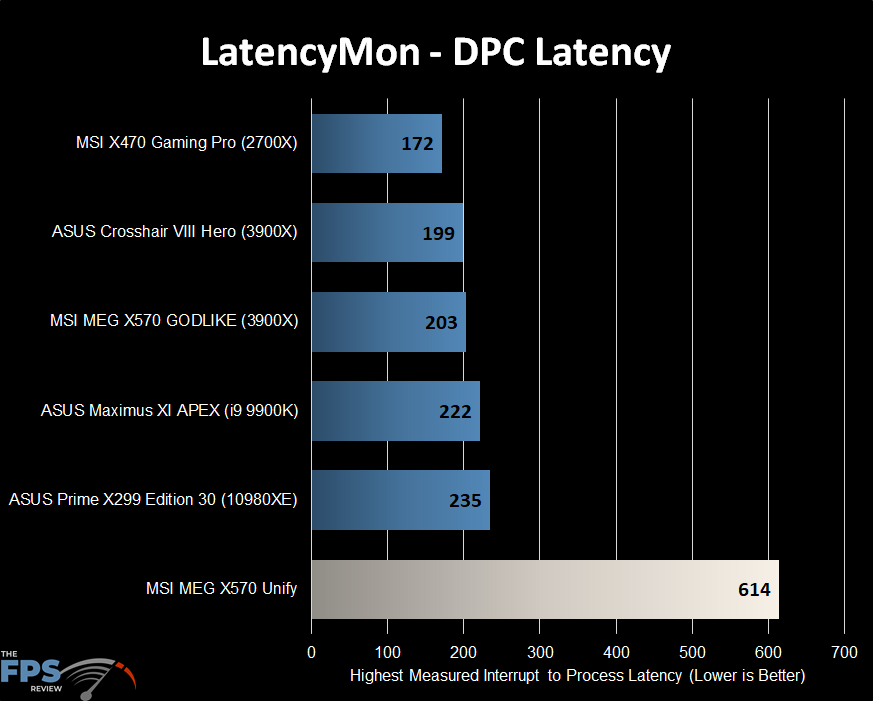Subsystem Testing
For all Subsystem Testing, an AMD Ryzen 9 3900X (3.8GHz / 4.6GHz Boost) and 2x 8GB (16GB total) G.Skill Trident Z Royal (3600MHz DDR4 16-16-16-36, 1T@1.35v) memory modules running at DDR4 3200MHz speeds were used. For power, I used the Corsair RM1000i 1000watt unit. Our discreet graphics card needs were handled by an MSI RTX 2080 Super Gaming X-Trio. The CPU was cooled with a Koolance Exos 2.5 system and Alphacool Eiseblock water block.
Sound Hardware
For the integrated sound, MSI chose the Realtek ALC1220 HD audio CODEC. It is a 7.1 channel surround CODEC. The CODEC implementation features PCB isolation for the audio as well as left and right channels. A de-pop filter prevents you from having to listen to annoying popping noises when plugging in devices. This implementation also features support for auto-impedance sensing. when you plug in headphones, the system will automatically match the output of the sound subsystem to match that of the connected headphones. It operates within a range of 32 to 600 ohms.
Audio Specifications
- Realtek® ALC1220 Codec
- 7.1-Channel High Definition Audio
- Supports Optical S/PDIF output
Audio – Subjective Listening
The audio solution was reasonably capable. I never felt like it broke any ground, but it was competently implemented. Audio playback was good whether playing music or gaming. Playback had a rich and full sound. It was virtually indistinguishable from other similar CODEC implementations.
Audio – Subjective Recording / Playback
The recordings had relatively low volume levels when the microphone boost option was disabled. When enabled, the recording sample was good, albeit some minor distortion was heard.
DPC Latency
For those who may not know what DPC is, I’ll explain. Deferred procedure calls are a function within Windows that allows higher priority tasks such as device drivers to defer lower priority tasks for execution at later times. It’s an interrupt and reassignment of sorts performed by the operating system.
DPC latency varies from board model to model and brand to brand. DPC issues show up in the form of audio dropouts and streaming video issues. Naturally, this is something that the enthusiast would want to avoid. I used LatencyMon and let it run for 10 minutes to graph the results. I have compiled a list of several systems I’ve tested over the last year and placed the results in a graph for easy reference.

As you can see, the MSI MEG X570 Unify had the worst DPC latency results in the entire testing lineup. That said, it is still within an acceptable range to avoid issues with audio playback. As drivers and firmware improve over time, these results usually improve. It’s also worth noting that specific motherboard software can impact this value tremendously. Installing something like MSI’s Dragon Center software can definitely impact this result. This was potentially the case here, as the Dragon Center software was installed on our test machine.
